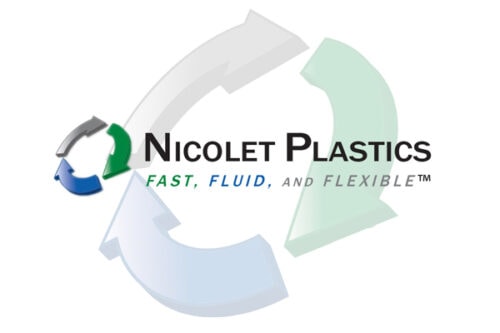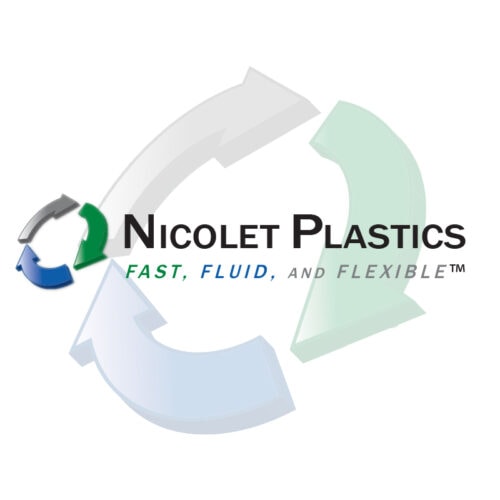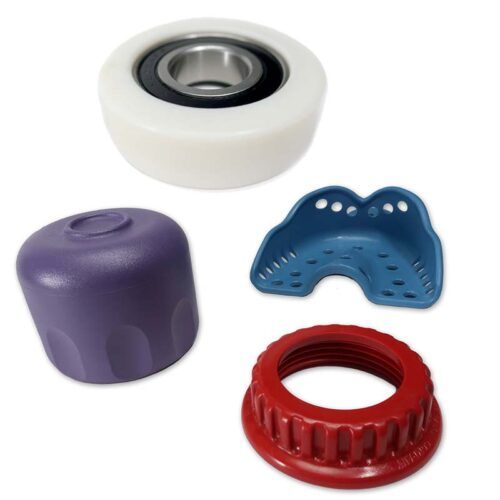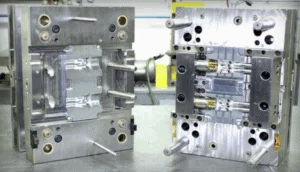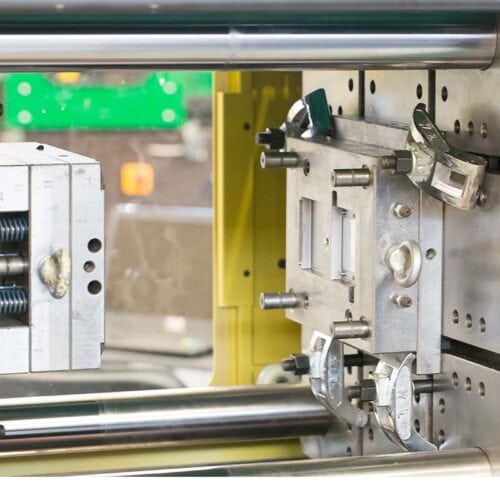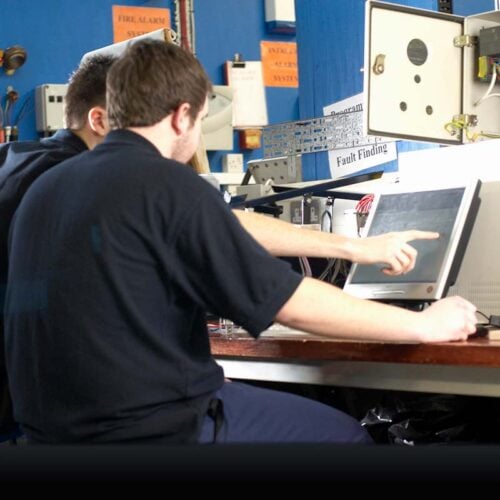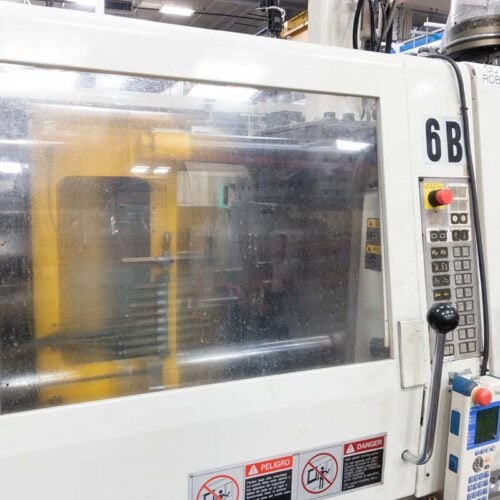Additive manufacturing has revolutionized how we design and produce physical goods. This emerging technology enables elaborate products to be created in a previously unattainable process through conventional manufacturing. The process involves using computer-aided design and 3D modeling software to build objects layer by layer from a digital file.
Engineers now have the opportunity to push the boundaries while exploring complicated shapes and structures that would have been too costly or time-consuming to produce with traditional techniques. To understand what additive manufacturing is, let’s explore how it works and examine some of its most innovative applications.
What is Additive Manufacturing?
3D printing is also known as additive manufacturing, an industrial process used to create three-dimensional objects by depositing objects layer by layer. It utilizes CAD software or 3D object scanners to create the digital model, converted into a series of precise cross-sectional shapes.
The many benefits of additive manufacturing include:
- Design freedom
- Lower start-up costs
- Inventory reduction
- Reduces waste
- Customization options
- Speed and efficiency
How Does Additive Manufacturing Work?
The additive manufacturing process begins with digitally defining the products using a computer-aided design (CAD) or a 3D object scanner. The rest of the process is as follows:
- The software can create .stl files that slice or break the design into numerous ultra-thin layers.
- These layers guide the path of a nozzle or print head.
- Most machines used in additive manufacturing are equipped with a laser or electron beam that selectively melts or partially melts in a bed of powdered material.
- The melted powder material is deposited or cured layer by layer to create the three-dimensional object based on the digital file.
Compared to conventional manufacturing processes, additive manufacturing doesn’t require human intervention after making the CAD model. It allows for a more efficient and streamlined production process that can reduce labor costs and improve turnaround times.
Is Injection Molding Also an Additive Manufacturing Process?
Apart from 3D printing, injection molding is considered an additive manufacturing process. Both techniques can effortlessly create highly complex parts using near-identical product runs. However, injection molding utilizes a pre-made mold in which the material is injected until it hardens and cools. On the other hand, 3D printing can build one object at a time and create unique pieces without needing a mold.
What are the Applications of Additive Manufacturing?
Countless demanding industries rely on additive manufacturing due to its innovative features that can benefit their production process. Its exceptional capabilities allow these industries to achieve parts and components for their rigorous operations.
The top industries that utilize additive manufacturing are as follows:
Aerospace
The aerospace industry is one of the first few sectors to incorporate additive manufacturing into their operations. With their stringent requirements and need for flight-worthy components made with high-performance materials, additive manufacturing has become their go-to manufacturing process due to its ability to create lightweight, robust, and intricate parts that were previously unattainable.
Some applications include:
- Rocket engine parts
- Cosmetic aircraft interiors
- Oil and fuel tanks
Medical
The medical industry has strict regulations regarding its equipment and devices. Fortunately, additive manufacturing can effortlessly produce superior-quality medical tools, replacement parts, and implants with extreme precision using high-strength and biocompatible 3D printing materials while maintaining compliance.
Some applications include:
- Surgical instruments
- Dental devices
- Specialized instrumentations
Consumer Products
Products made for consumers are developed with quality in mind. Since the quality of the product matters before it reaches its end consumer, iterations and changes are made possible without delays through additive manufacturing. The technology has helped companies create highly detailed designs without added costs, from electronics to consumer goods.
Some applications include:
- Entertainment props
- Customized phone cases and accessories
- Professionally-designed home decor pieces
Utilizing Additive Manufacturing for Faster and Better Outcomes
In today’s world, additive manufacturing has become vital to production and manufacturing processes. It’s proven to be a game-changer with its incredible capabilities in creating difficult designs while improving efficiency.
Nicolet Plastics is one of the top additive manufacturers, providing cost-effective solutions tailored to your project’s needs and specifications. Contact us today to learn more about our additive manufacturing capabilities and how we can help you bring your ideas to life. Request a quote to kickstart your project today!

